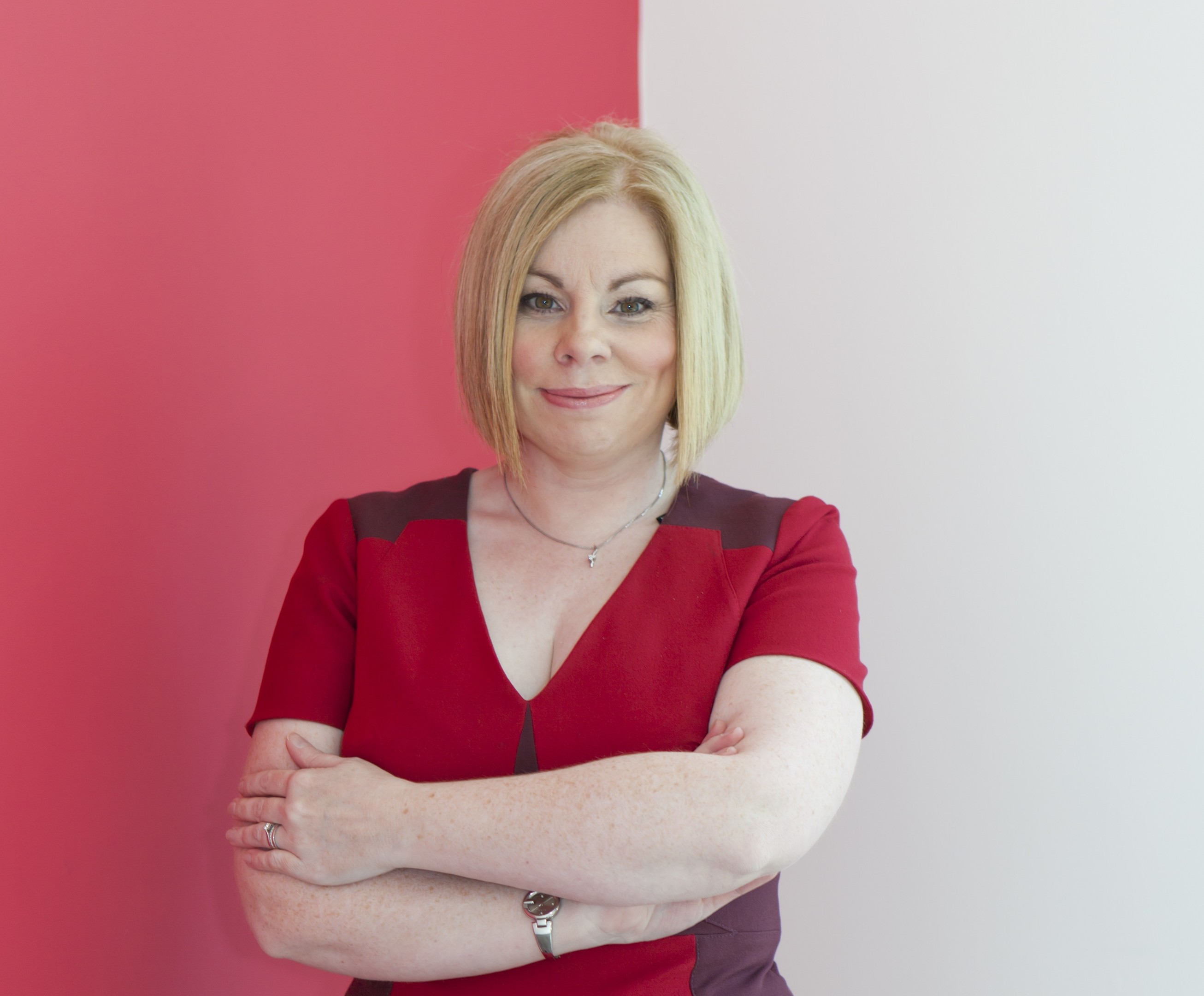There is no point in being rigid in business. External influences affect us all, whether a large conglomerate or an entrepreneurial SME. It is fair to say that in business, moving forward is the only way to survive.
A seafarer’s tale tells of a captain receiving a message one night asking him to change direction to avoid a collision. He refuses by replying that he is in charge of a large, important ship and the other should turn around. The captain is then told: “We are a lighthouse.”
Much like the ship, Scotland’s SMEs should always be aware of their environment. They may be sailing along steadily, but they should heed advice and react quickly to changing market conditions. The business an owner launches at the beginning of its journey cannot stay the same course forever. It may work for a year or two, but eventually it will hit troubled waters.
The essential business message is to understand the situation from both sides and remain flexible no matter your position. SMEs are especially vulnerable to change as on many occasions they do not have the back up of a group company or long, successful reputational history.
At Appetite for Business we have seen this happen. In Aberdeen, we’re all too aware of skills gaps in various sectors but also the young talent rising to the surface. The European Commission’s Annual Report on European SMEs 2012-13 highlights the survival issues that hit small businesses. Around 35% of UK SMEs did not survive their first three years. This compares with 22% in The Netherlands, 25% in France and 38% in Germany.
To avoid being the one out of three companies that do not make their third birthday, taking heed of good advice is necessary. Each business is different and those running training courses must understand this in depth. Too many programmes focus on one fits all solutions. This is not the answer.
New businesses need guidance that is useful for them, for their market and their customers. The delivery of tailored learning eliminates wasted effort. The time can then be spent building the business properly instead of working out which parts of a training course were aimed at them and which weren’t.
SMEs need to be open to new ideas and technologies. Each employee can make a difference by keeping their eyes on the horizon and offering suggestions to give their company competitive advantage at key times. At the same time, companies can help increase their staff knowledge by engaging with them through ongoing training.
All too often, it is easy to get caught up in the day-to-day running of a business, forgetting that what you do today affects tomorrow. Look ahead and consider what you might need in a year or two years’ time to allow your future success to become a reality. The opposite can be a painful lesson.
These decisions need to be taken at managing director or board room level. Are you going to stay the course hoping for the best or are you going to take the right advice for your business and change direction to reach a more desirable destination?
Sheryl Newman is company director of Appetite for Business
